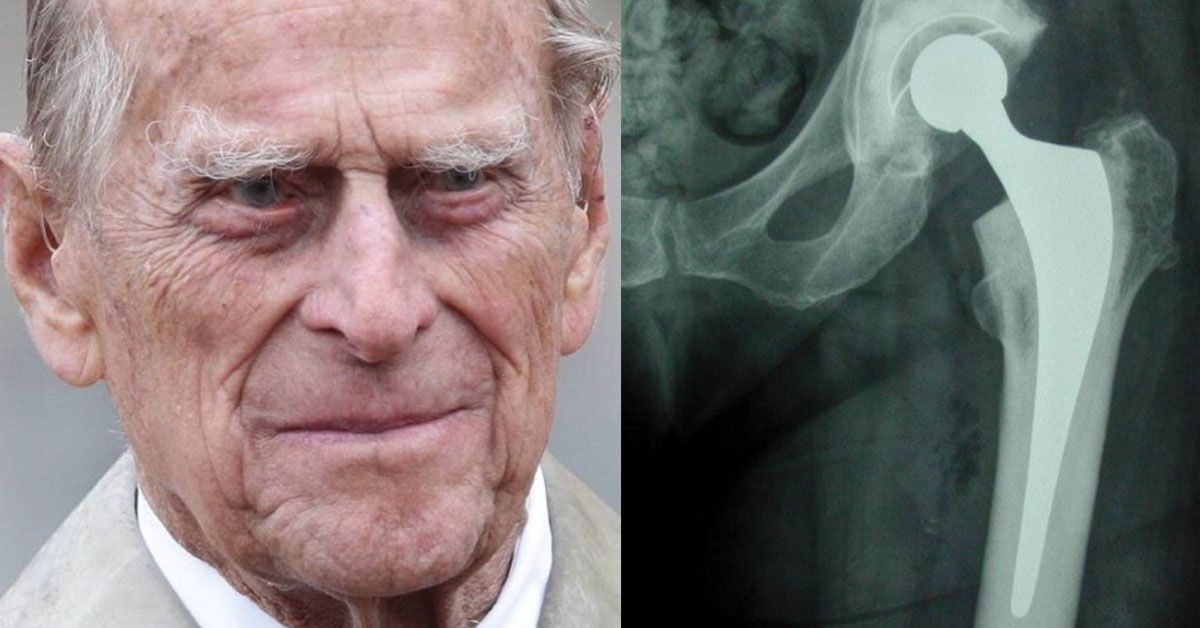Prince Philip, who has undergone a hip replacement, is said to be recovering satisfactorily from his operation. Yet, many people are wondering why he is still in the hospital.

Average Hospital time after this type of surgery is said to be one to three days, but the Duke of Edinburgh has been there for more than double that amount of time.
That fact, combined with the lack of updates on his status has many people growing very concerned.

According to Express, his procedure was "urgent" and was performed at the exclusive King Edward VII private hospital in central London. Prince Philip was admitted on Tuesday, April 3rd for a Wednesday surgery, which lasted approximately one hour.

Although he has been said to be in "good spirits" immediately following the operation, the Palace has declined to give any further updates since then.

This leaves the world on edge with worry that he may be failing to thrive.
Due to his advanced age, Prince Philip faces an increased risk of complications including blood clots, pneumonia, and joint infection.

According to UCSF Health, hip replacement is considered routine for most people, with very short hospital stays the norm. "If you are having the minimally invasive two-incision hip surgery, you will stay at least one day in the hospital.
"You may stay in the hospital up to three days if you are having a primary total hip replacement. If you are having a revision hip replacement, you may be in the hospital four to five days."
As of the time of this publication, the Duke has just completed his sixth day in hospital, so he has far surpassed the normal time of hospitalization - and even the longest expected time.
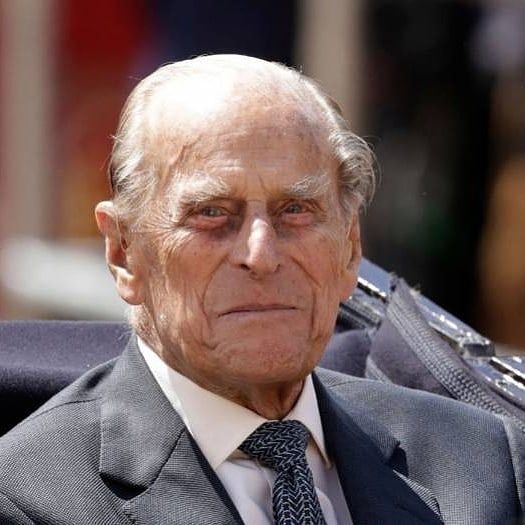
What is a hip replacement and what did Prince Philip endure during his procedure? According to the National Health Service, "Once you've been anaesthetised, the surgeon removes the existing hip joint completely.
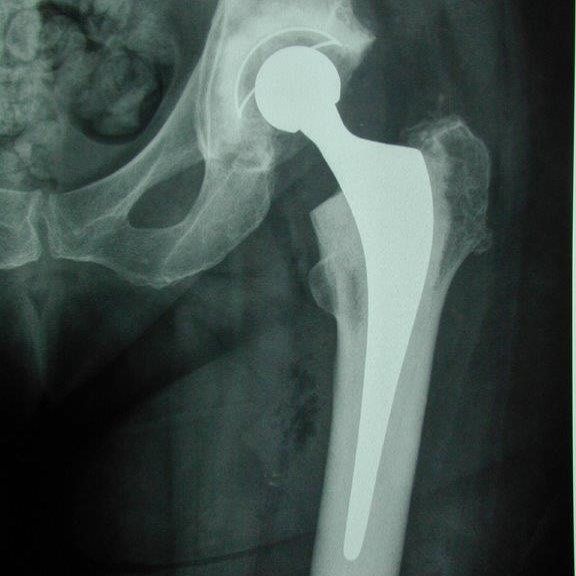
"The upper part of the thigh bone (femur) is removed and the natural socket for the head of the femur is hollowed out.
"A socket is fitted into the hollow in the pelvis. A short, angled metal shaft (the stem) with a smooth ball on its upper end (to fit into the socket) is placed into the hollow of the thigh bone.
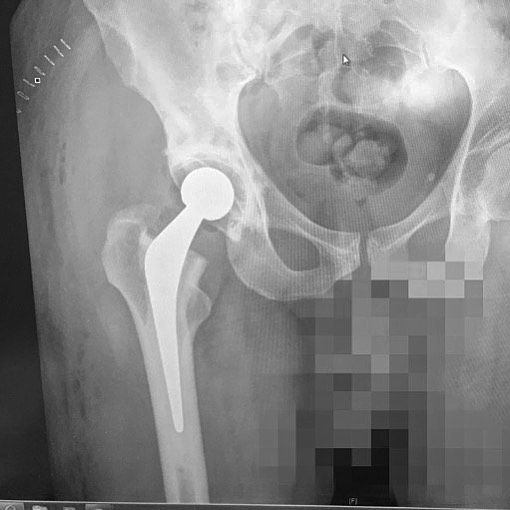
"The cup and the stem may be pressed into place or fixed with acrylic cement.
"Metal-on-metal hip resurfacing is carried out in a similar way.
"The main difference is that less of the bone is removed from the femur as only the joint surfaces are replaced with metal inserts."

Seems quite extensive to me! After all that, the last thing we heard from Buckingham Palace is the following:

"The Duke of Edinburgh has undergone a successful hip replacement operation.
"He is progressing satisfactorily at this early stage.
RT @FilippoGiov: RT @wyedeanweaving: "Duke of Edinburgh recovering after hip replacement operation" #DukeOfEdinburgh #BritishRoyalFamily #HipReplacement #RoyalFamily #KingEdwardVII'sHospital #London #PrincePhilip #QueenElizabethII https://t.co/ol7Qi7zQyi
— Map and Compass Ltd (@dofebargains) April 6, 2018
"His Royal Highness is likely to remain in hospital for several days.
"He is comfortable and in good spirits."

As the days tick by, we certainly hope the Palace will be forthcoming with news of the Prince's progress.
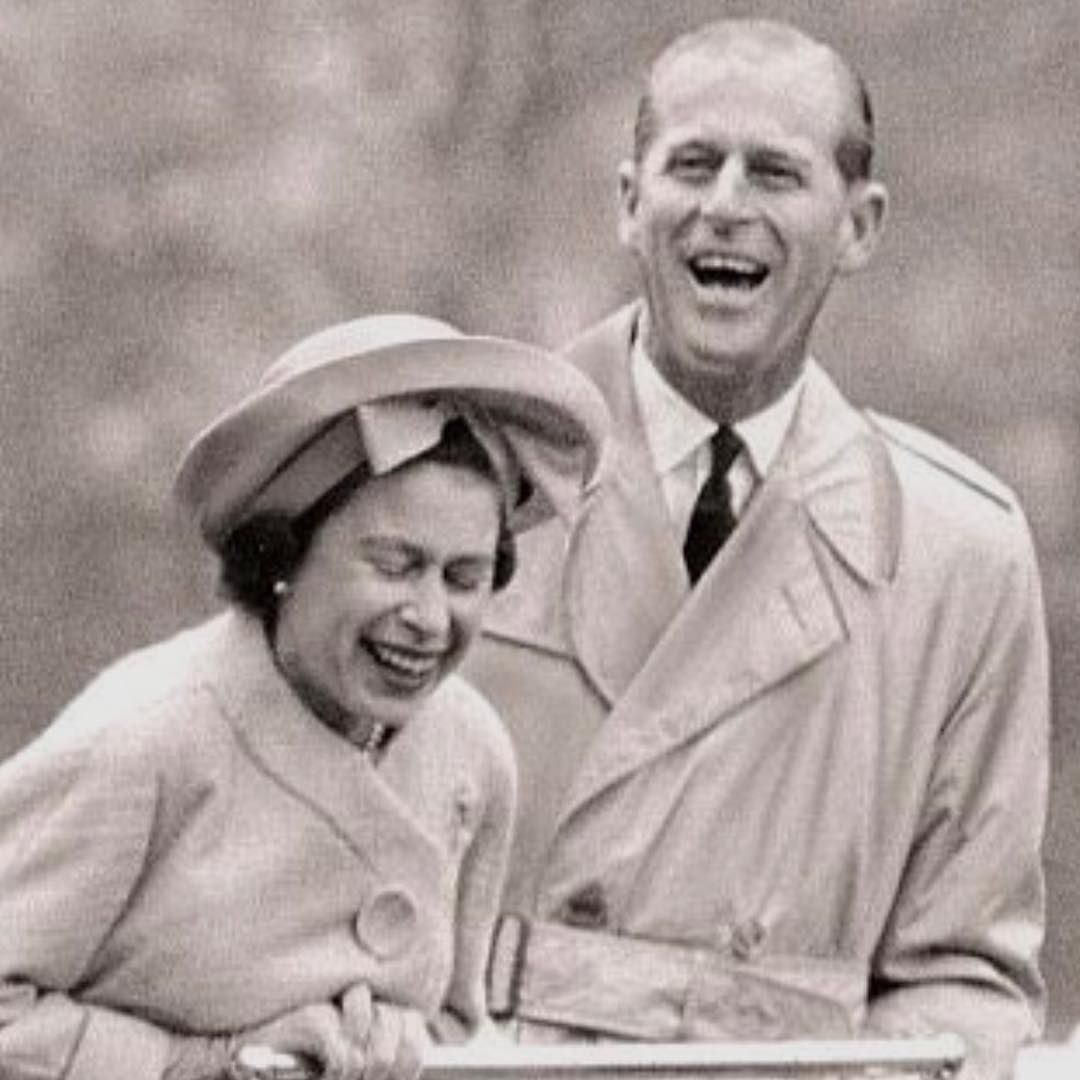
We can't help but think that if there were good news, they'd be only too eager to share it with the public. No news, in this case, may NOT be good news. We sincerely hope we're wrong, though.
Please continue praying for his recovery and for the family as they must be extremely worried about their beloved husband, father, grandfather, and great-grandfather.


